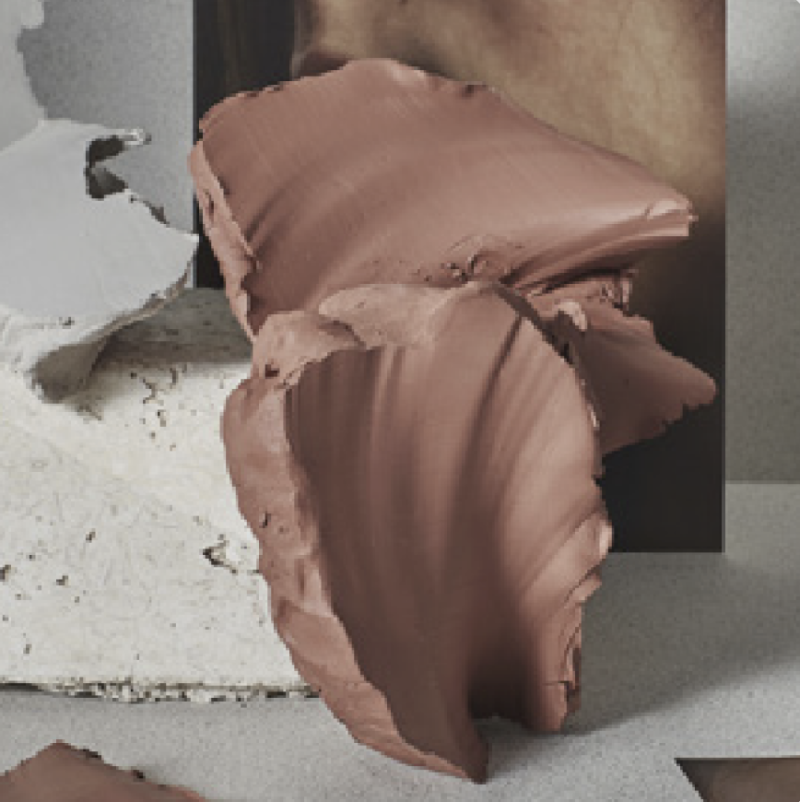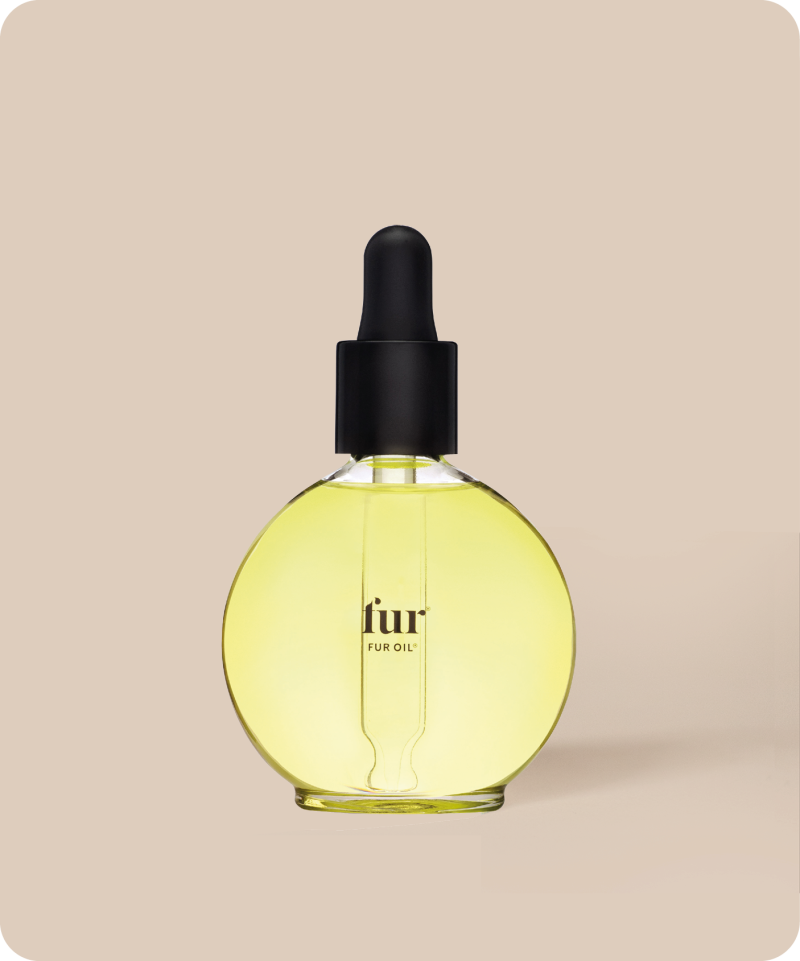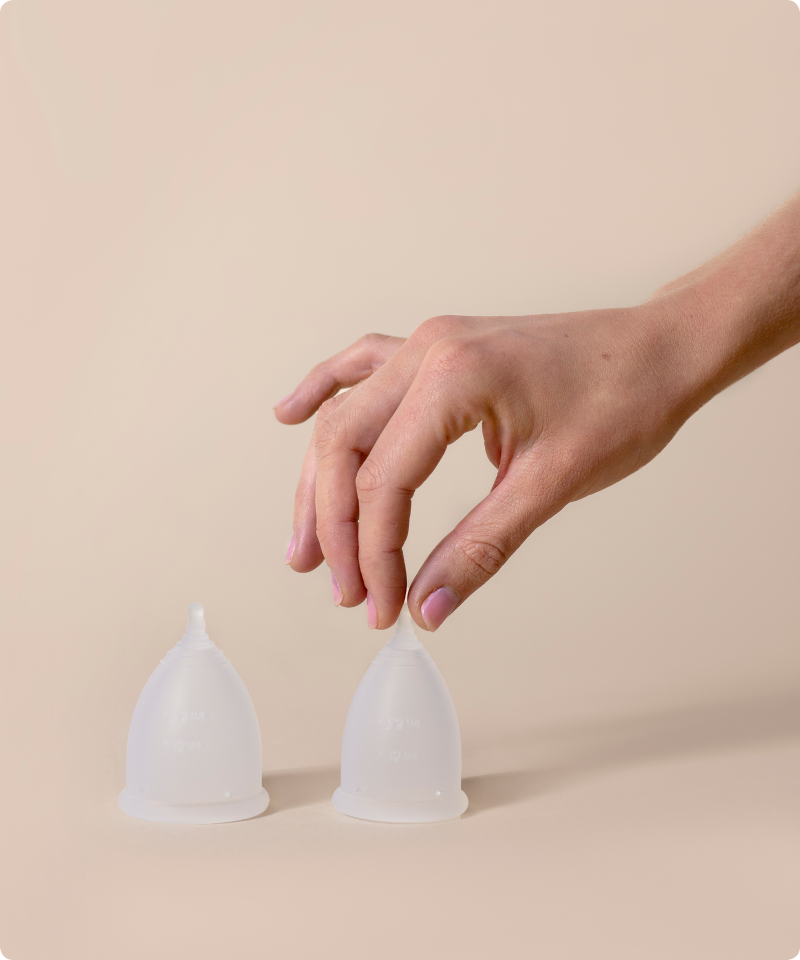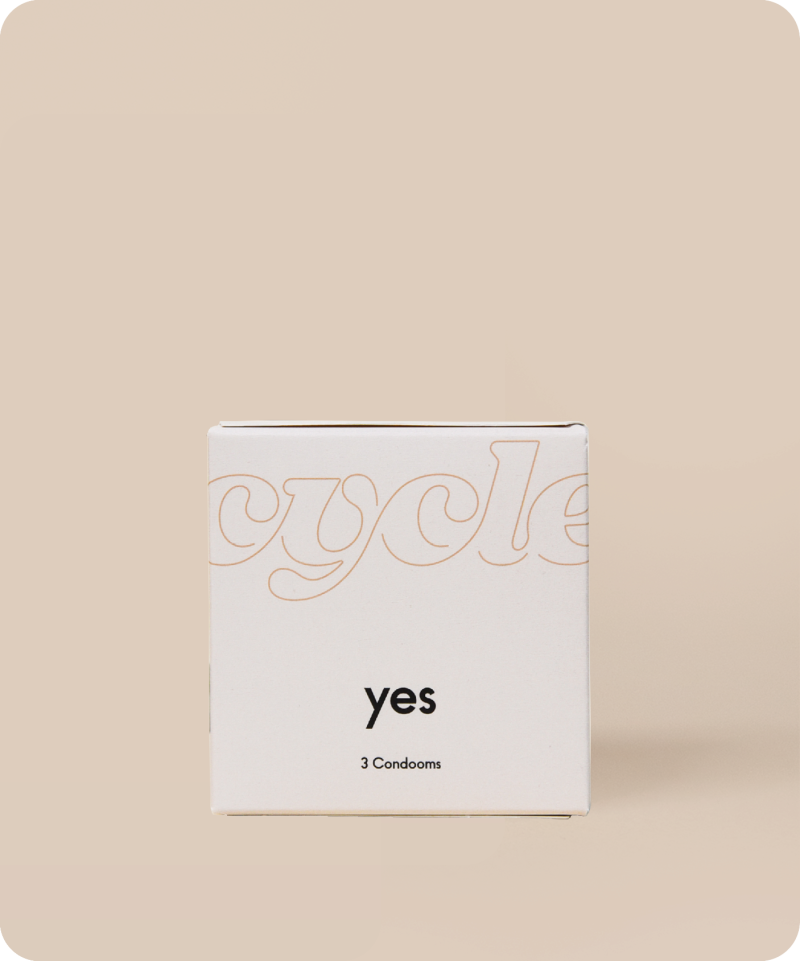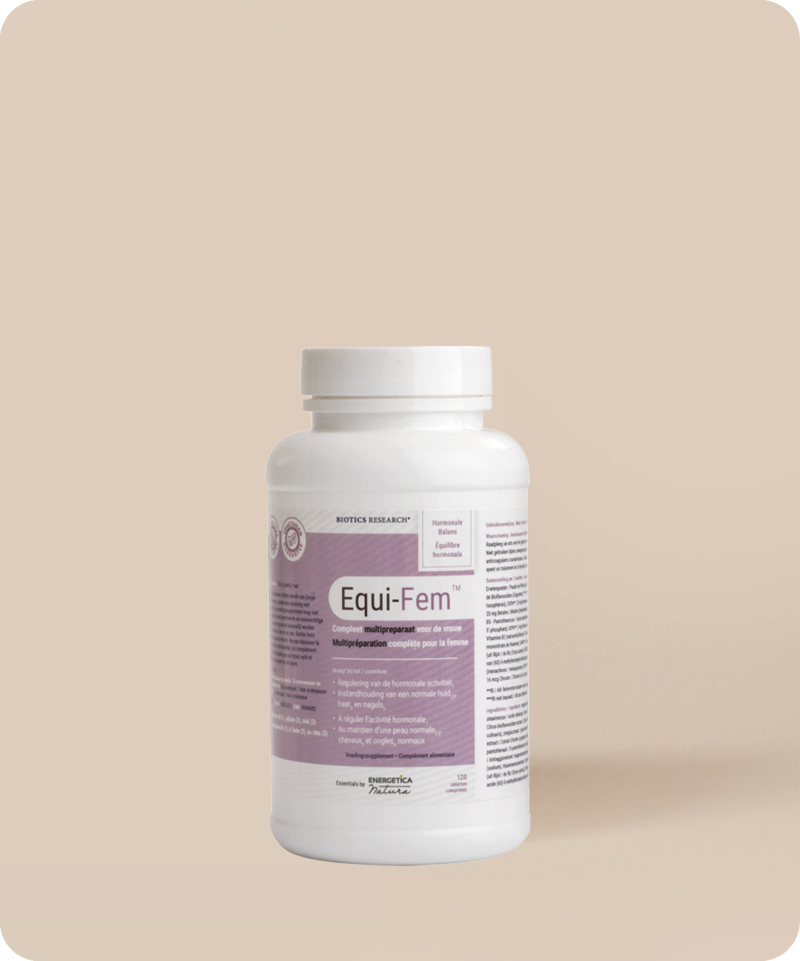Fifty Shades of Red, the color of your menstrual blood
Your period doesn’t only tell you whether you are pregnant or not. It can also say a lot about your health, more specifically your hormonal system. The color and thickness of your menstrual blood is dependent on your cycle and how much cervical lining you shed during your period. If you experience heavy periods, then your period blood will most likely not be a darker color. Do you usually experience lighter periods, however, then darker blood will be familiar. Dark red blood - closer to brown - is old blood. When blood comes into contact with oxygen, you’ll get this color. The old blood is mixed with cervical mucus and is usually discharged at the start or near the end of your period. The discoloration is completely normal and no cause for panic.
Spotting
Do you often experience spotting - light vaginal bleeding - in between periods? Do have it checked by your GP. Spotting can be the result of a change in the balance of your hormone levels or by the presence of a polyp or uterine fibroids in the uterus. Spotting can also occur when using birth control pills. Do you have an IUD? Then spotting is completely normal. You can read more about this subject here.
Bright Red
Doctors often regard bright red as the healthiest color when it’s about period blood. But don’t worry if your menstrual blood does not resemble ketchup, because all bodies are unique.
Pink
Does the color of your period blood remind you of the color of peonies and it’s not the start or end of your cycle? And are you also quite active and sporty? Then, it’s possible that your body produces just a little less estrogen, because exercise lowers the estrogen level. Research has shown that low estrogen levels can be linked to the bone disease osteoporosis which can develop at a later age. The disease alters the structure of your bones and they become weaker as a result. "Exercising regularly can help increase bone density, strengthening your bones and decreasing the risk of fractures from osteoporosis." Women with a low body weight - for example, girls with anorexia nervosa - or stress can also suffer from estrogen deficiency and are at a risk of developing osteoporosis at a later age.
Grey Red
If you have chlamydia, your period is the same as always and your discharge is odorless. Your discharge, however, has a grayish red color. If you have gonorrhea, then your discharge is thick and yellow, but your menstrual cycle is as usual. A “fishy” odor can be caused by trichomoniasis, but also by bacterial vaginosis (a type of vaginal inflammation caused by the overgrowth of bacteria naturally found in the vagina). You can have yourself tested for STDs by your GP or anonymously by the GGD (public health service) (if you are younger than 25). In addition, women who have recently had a miscarriage often lose grayish lumps of tissue during their periods. If that is the case, we advise you to contact your GP or obstetrician.
If you want to know more about STDs, you can read our article on chlamydia or this overview of every STD.
Are vaginal yeast infections or bacterial vaginosis a recurring problem? No worries! You can read what you can do about it here.
Orange
Is the odor different than usual and do you experience pain in your vagina? The cause may be an infection in the pelvis or the fallopian tubes. This infection usually follows your period, so not during your period.
In conclusion, your period blood is not always bright red, and sometimes that’s completely fine. But the color of your blood can tell you a lot about your health. So, (now that you know the signs), make it a habit to quickly check the color and consistency of the blood in your menstrual cup, tampon, or menstrual pad during your next periods.
Does the color of your period blood suggest you might have an STD? Visit your GP and have it checked!

